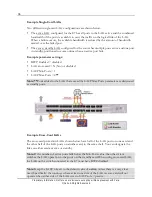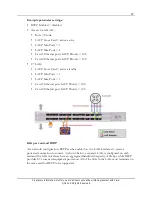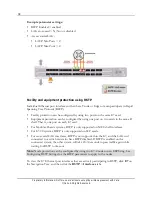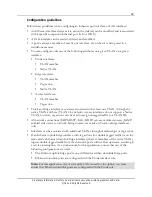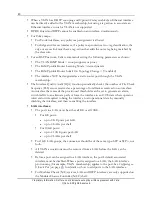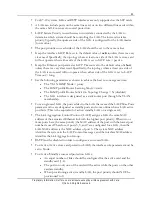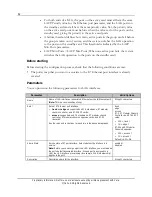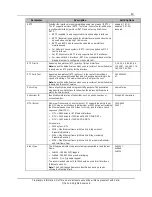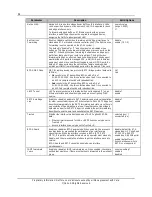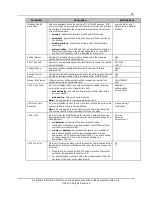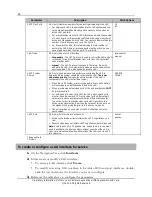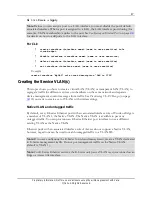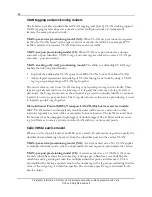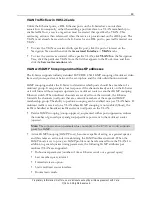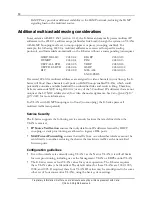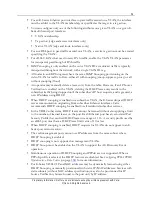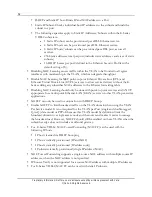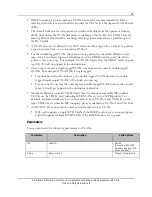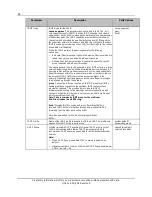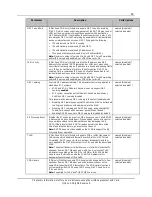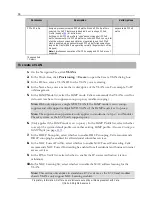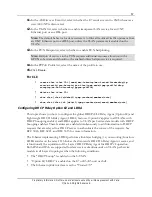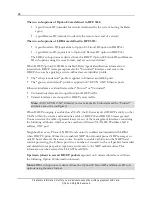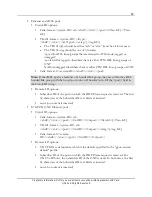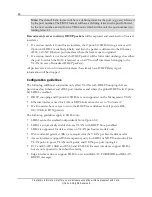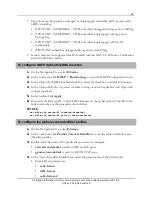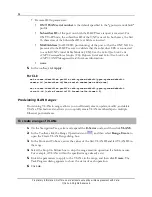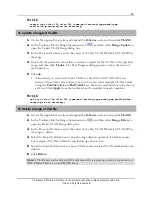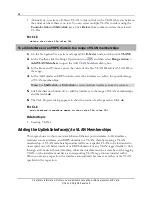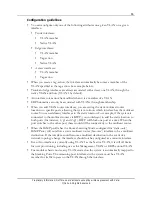
50
Proprietary Information: Not for use or disclosure except by written agreement with Calix.
© Calix. All Rights Reserved.
IGMP Proxy provides additional scalability to the IGMP network, reducing the IGMP
signaling load on the multicast router.
Additional multicast addressing considerations
In accordance with RFC 4541 (section 2.1.2), the E-Series automatically passes multicast IP
addresses in the 224.0.0.x address range (defined as link-local) through the system on VLANs
with IGMP Snooping mode set to snoop-suppress or proxy (snooping enabled). For
example, the following 224.0.0.x multicast addresses are reserved for specific routing
protocols, and forwarded automatically on the E-Series without a corresponding join request.
HSRP HELLO
DVMRP
OSPF ALL RTR
OSPF DES RTR
RIP
224.0.0.2
224.0.0.4
224.0.0.5
224.0.0.6
224.0.0.9
EIGRP
PIM
VRRP
HSRP
MLS ALL
SNOOPERS
224.0.0.10
224.0.0.13
224.0.0.18
224.0.0.102
224.0.0.106
If reserved 224.0.0.x multicast addresses are assigned to video channels in your lineup, the E-
Series will flood these channels to all ports on IGMP Snoop enabled VLANs, which could
potentially consume available bandwidth on subscriber links and result in tiling. Therefore,
Calix recommends NOT using 224.0.0.x (or any of the 32 multicast IP addresses that are not
unique at the L2/MAC address level) for video channel assignments. See
Calix Quick Tip E7
QT-12-003
for more information.
For VLANs with IGMP Snooping set to flood (no snooping), the E-Series passes all
multicast traffic transparently.
Service Security
The E-Series supports the following service security features that are defined when the
VLAN is created.
IP Source Verification
ensures that only data from IP addresses learned by DHCP
snooping or static provisioning are allowed to ingress xDSL ports.
MAC Forced-Forwarding
ensures that traffic from one subscriber interface cannot be
sent directly to another, reducing the chance that malicious traffic can be transmitted
between ports.
Configuration guidelines
Even if no interface is currently using VLAN 1 as the Native VLAN, it is still off limits
for user provisioning, including use as the Management VLAN or ERPS control VLAN.
The E-Series reserves four VLAN values for system operation. The E-Series requires
these VLANs always be identified. The default values for these VLANs are 1002, 1003,
1004, and 1005. If required, these four VLAN ID values may be reconfigured to be some
other set of four consecutive VLANs, using the basic system settings.

